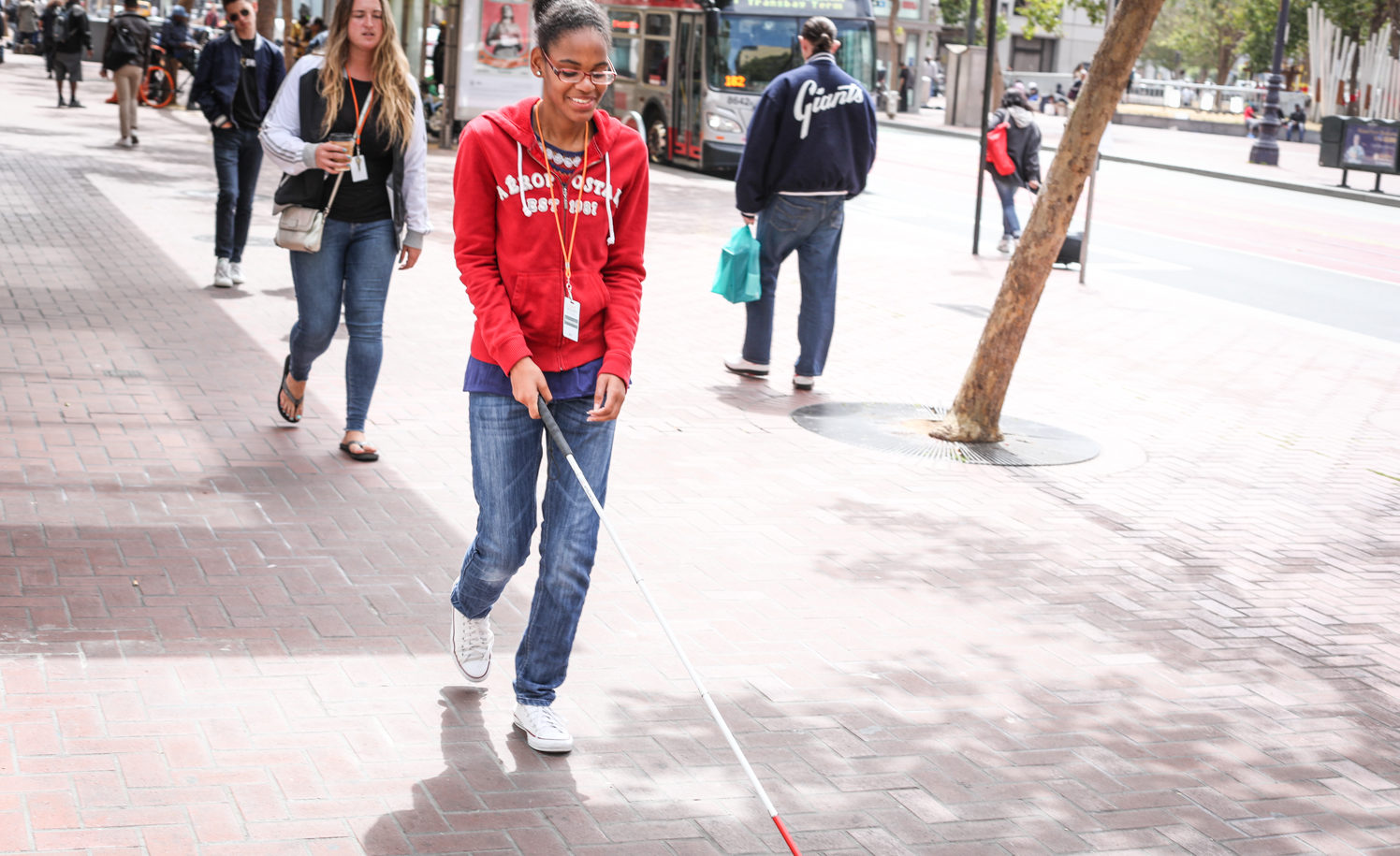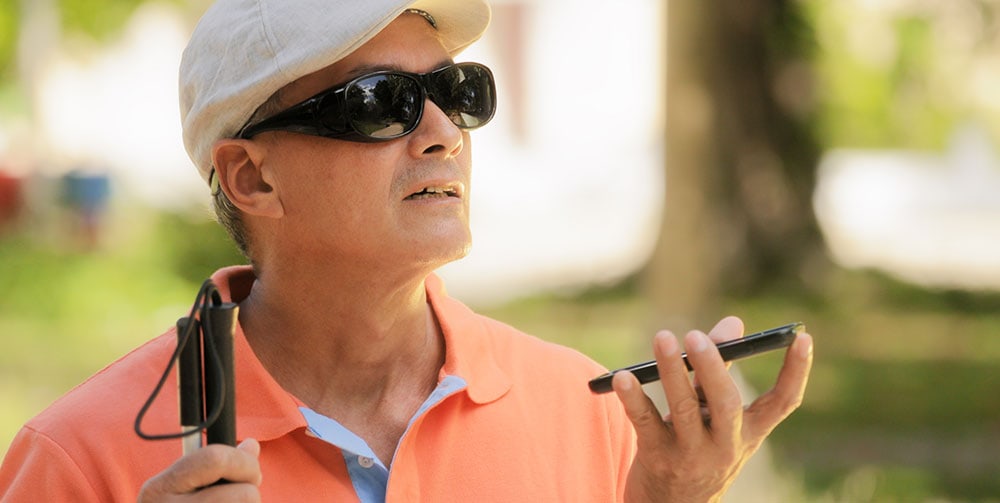The Primary Traveling Aids For A Blind Person Include These Things
If you are blind or someone you know is blind but fond of traveling. If they are eager to travel, then tehy need to carry a primary travel kit. The primary traveling aids for a blind person include some special items for blind people.
Author:Jane RestureOct 01, 20223.3K Shares418.8K Views

If you are blind or someone you know is blind but fond of traveling. If they are eager to travel, then tehy need to carry a primary travel kit. The primary traveling aids for a blind person includesome special items for blind people.
How Does A Blind Person Travel?
The primary traveling aids for a blind person includea white cane or a dog that has been trained to act as a guide.
There is always the potential for danger when engaging in independent travel for a blind person. However, this danger can be significantly mitigated if you, as the driver, are familiar with the function of a white cane and the significance of a guide dog.
Best Ways To Help A Blind Person
Drivers are required to always give blind pedestrians the right-of-way when they are on the road. When a pedestrian is crossing a street or highway with a dog or a white cane (or a white cane with a red tip), cars must stop completely.
If the blind person is on a street, then they will need to rely on their hearing to detect any approaching vehicles. If they do not hear any cars approaching, then it is safe to cross the street.
Accessible Pedestrian Signals (APS) are installed at certain intersections to provide individuals with visual impairments with guidance on how to determine when it is safe to cross the street.
The following are some recommendations for assisting pedestrians who are visually impaired:
- If there is no advance stop bar and there is a stop light or sign nearby, you should not stop your vehicle further than five feet away from the crosswalk (line).
- If a pedestrian who is blind relies on the sound of your engine as a way to navigate, you should pull up close to the crosswalk so that the pedestrian can hear you.
People Also Ask
How Do Blind People Travel?
They can travel with a human guide, which means holding onto the arm of another person, with a long, white cane to help them see and avoid obstacles or changes in elevation, with a dog guide, with specialized optical or electronic aids, or without any extra help at all.
Why Blind People Use White Stick?
A white cane is a mobility aid that is frequently utilized by individuals who are blind or have other forms of visual impairment. The primary benefit of using a white cane is that it enables the user to survey their surroundings for potential obstacles or orientation cues. But it also lets people around know that the user is blind or has trouble seeing, so they can take the right safety measures.
How Would You Help A Blind Person Cross The Road?
It is not necessary to push or pull a blind person across the street. Therefore, you should let him take your arm if he accepts your offer of assistance in crossing the street. With his senses, he can track your every move.
Conclusion
The primary traveling aids for a blind person include a white cane stick. So, if you see a person walking with a cane that is entirely white, it is highly likely that they are blind or have some other form of visual impairment.
However, pedestrians who are using a cane with a red and white striped handle are deafblind (with both sight and hearing impairments).

Jane Resture
Author
Since she embarked on her first world trip in 2002, Jane Resture spent the past decades sharing her personal journey and travel tips with people around the world. She has traveled to over 80 countries and territories, where she experienced other cultures, wildlife she had only read about in books, new foods, new people, and new amazing experiences.
Jane believes that travel is for everyone and it helps us learn about ourselves and the world around us. Her goal is to help more people from more backgrounds experience the joy of exploration because she trusts that travel opens the door to the greatest, most unforgettable experiences life can offer and this builds a kinder, more inclusive, more open-minded world.
Latest Articles
Popular Articles
